Topography produced by Volcanism

🌋 Extrusive Volcanic Topography
(formed above the Earth’s surface)
- Created when magma erupts as lava and cools on the surface.
- Forms features like shield volcanoes, composite volcanoes, cinder cones, lava plateaus, craters, and calderas.
- Example: Mount Fuji (Japan), Mauna Loa (Hawaii), Deccan Traps (India).
🏔️ ELEVATED FORMS
🛡️ Shield Volcano
These are the largest volcanoes on Earth, and they are formed by highly fluid lava that flows easily over great distances.
📍 If we go to Hawaii and as we hike up the mighty Mauna Loa, we can see the largest shield volcano on Earth and we notice something remarkable here—its gentle slopes. Unlike dramatic, conical peaks, Mauna Loa’s lava flows effortlessly, spreading like honey on a flat surface. The eruptions here are not explosive but resemble a grand lava fountain, where molten rock bubbles up and flows like a river of fire.

📝 Key Features:
✔️ Largest volcanoes on Earth
✔️ Low silica, highly fluid basaltic lava → spreads far and wide
✔️ Not explosive (unless water enters the vent!)
✔️ Example: Mauna Loa, Hawaii
⛰️ Composite Volcano
Now, let’s take a detour to Japan, where we stand in awe of Mount Fuji—a towering peak that perfectly fits our childhood drawing of a volcano. But unlike shield volcanoes, composite volcanoes (or stratovolcanoes) are built layer by layer.
They are the highest volcanic mountains on Earth, created by alternating eruptions of:
🔺 Molten lava
🔺 Volcanic ash
🔺 Rock fragments (tephra)
These layers make stratovolcanoes steep-sided and dangerous. Their magma is thicker and richer in silica, making eruptions explosive. Imagine shaking a soda bottle and suddenly opening the cap—that’s what happens when pressure builds inside these volcanoes.
📍 Traveling to Indonesia, we witness the historic Krakatoa eruption of 1883. The explosion was so massive that its sound was heard thousands of kilometers away! These volcanoes are powerful, unpredictable, and stunning.
📝 Key Features:
✔️ Tallest and steepest volcanic mountains
✔️ Layered structure (lava + ash + tephra)
✔️ Highly explosive eruptions
✔️ Examples: Mount Fuji (Japan), Krakatoa (Indonesia)

🔴 Dome Volcano
Now, let’s visit a different kind of volcanic landform—a dome volcano. Imagine a thick, pasty lava oozing out like toothpaste from a tube. It’s too thick to flow far, so it piles up around the vent, forming a steep, rounded dome.
These volcanoes erupt with moderate intensity but are known for their unpredictable behavior. One moment they are silent, and the next, they explode violently due to trapped gases.
📍 Stromboli, Italy—where glowing lava bubbles rise and burst like fireworks. These eruptions are small but frequent, earning Stromboli the title “Lighthouse of the Mediterranean.”

📝 Key Features:
✔️ Thick, slow-moving lava
✔️ Steep, dome-like structure
✔️ Moderate eruptions but can be explosive
✔️ Example: Stromboli, Italy

💣 Cinder Cone Volcano
- Cinder (a small piece of partly burnt coal or wood that has stopped giving off flames but still has combustible matter in it.) cones are mounds of basaltic fragments.
- Streaming gases carry liquid lava blobs into the atmosphere that rain back to earth around the vent to form a cone.
- The lava blobs commonly solidify, or partially solidify, during flight through the air before landing on the ground. They are called “bombs.”
- The longer the eruption the higher the cone. Some are no higher than a few meters and others rise to as high as 610 meters or more
📝 Key Features:
✔️ Small, steep-sided cones
✔️ Erupt explosively, forming lava “bombs“
✔️ Short-lived compared to other volcanoes
✔️ Example: Parícutin, Mexico

🌋 DEPRESSED FORMS
🕳️ Craters
Now, let’s descend into the heart of a volcano—the crater. When a volcano erupts, it blasts open a funnel-shaped depression at its summit. This is where lava, ash, and gases escape. Think of it as the mouth of a volcano.
📍 At Mount Fuji, we peer into its massive crater, a silent reminder of past eruptions. Some craters are active, while others have become calm, silent voids waiting for their next awakening.
📝 Key Features:
✔️ Funnel-shaped depression at the summit
✔️ Formed by explosive eruptions
✔️ Example: Crater of Mount Fuji, Japan
🏞️ Calderas
Now, imagine a volcano so massive that after a colossal eruption, its entire top collapses into itself, forming a huge, circular depression. This is a caldera.
📍 Let’s visit Oregon, USA, where Mount Mazama once stood tall. But after an enormous eruption, the summit collapsed, creating a deep basin filled with water—Crater Lake.
Calderas are often much larger than craters and can stretch for kilometers. Some, like Yellowstone Caldera, are so massive that they contain entire ecosystems within them.
📝 Key Features:
✔️ Larger than craters, formed by collapse
✔️ Can become lakes (e.g., Crater Lake, USA)
✔️ Example: Caldera of Mount Mazama, Oregon, USA

Difference Between Crater Lake and Caldera Lake
| Aspect | Crater Lake | Caldera Lake |
| Origin | Forms within a crater, which can be volcanic, meteoritic (impact), or man-made (explosive activity). | Forms within a caldera, a large depression created by the collapse of a volcanic summit after a massive eruption. |
| Size | Usually smaller and more circular. | Generally larger and irregular in shape, can span several kilometers. |
| Longevity | May be intermittent or short-lived due to unstable environmental conditions. | Usually long-lasting due to their size and geological stability. |
| Examples | – Lonar Lake, Maharashtra (Meteor impact crater) – Crater Lake, Oregon (Volcanic origin but literally named “Crater”) | – Lake Toba, Indonesia (world’s largest caldera lake) – Taal Lake, Philippines – Crater Lake, Oregon (technically a caldera lake) |
| Cause of Depression | Caused by explosive volcanic eruption, meteorite impact, or human explosions. | Caused by collapse of a volcano’s summit after the magma chamber is emptied during a major eruption. |
| Water Source | Typically filled by rainwater or groundwater. | Also filled by precipitation, but due to size, can sustain self-contained ecosystems. |
| Terminological Confusion | Some caldera lakes are colloquially called crater lakes, e.g., “Crater Lake” in Oregon is actually a caldera lake formed by Mount Mazama. | Caldera lakes are often misidentified as crater lakes, but geologically they differ due to the collapse mechanism of formation. |
Intrusive Volcanic Topography
(formed inside the Earth’s crust)
- Magma solidifies beneath the surface, forming large rock bodies.
- Forms features like batholiths, laccoliths, sills, dikes, and lopoliths (already discussed in rocks chapter)
- Example: The Sierra Nevada Batholith (USA), Karnataka’s layered igneous intrusions (India).
Summary of Volcanic Topography
| Landform | Definition | Key Characteristics | Example(s) |
| Shield Volcano | Broad, gently sloping volcano formed by eruption of low-viscosity basaltic lava. | Fluid lava, gentle slopes, non-explosive eruptions | Mauna Loa (Hawaii) |
| Composite Volcano | Steep-sided volcano formed by alternating layers of lava, ash, and pyroclasts. | High silica magma, explosive eruptions, stratified layers | Mount Fuji (Japan), Krakatoa (Indonesia) |
| Dome Volcano | Rounded, steep volcanic dome formed by extrusion of thick, viscous lava. | Viscous lava, limited spread, plug-like structure | Mount Pelée (Martinique), Stromboli (Italy) |
| Cinder Cone | Small, conical volcano made of pyroclastic fragments like ash and cinders ejected around a vent. | Steep slope, lava bombs, short-lived eruptions | Parícutin (Mexico) |
| Crater | Funnel-shaped depression at a volcano’s summit formed by eruptive explosions. | Outlet for lava, gases, and ash; formed by explosion | Summit crater of Mount Fuji (Japan) |
| Caldera | Large depression formed by collapse of a volcano’s summit after a massive eruption. | Much larger than crater, formed by structural collapse, may become lakes | Crater Lake (USA), Yellowstone Caldera |
| Intrusive Forms | Igneous bodies formed by slow cooling and solidification of magma beneath Earth’s surface. | Includes batholiths, laccoliths, dikes, sills, lopoliths; coarse-grained textures | Sierra Nevada Batholith (USA), Closepet Granite (India) |


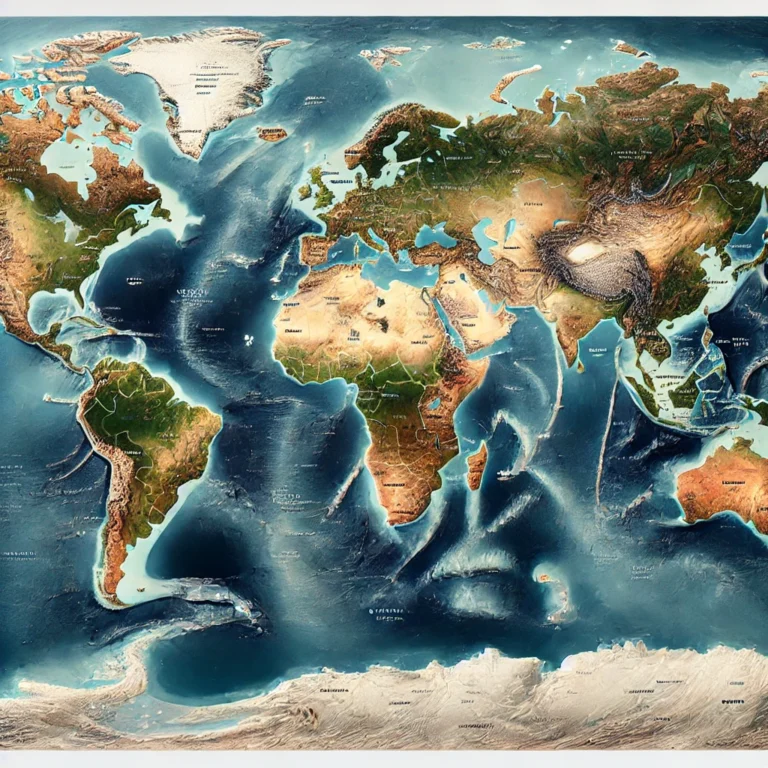
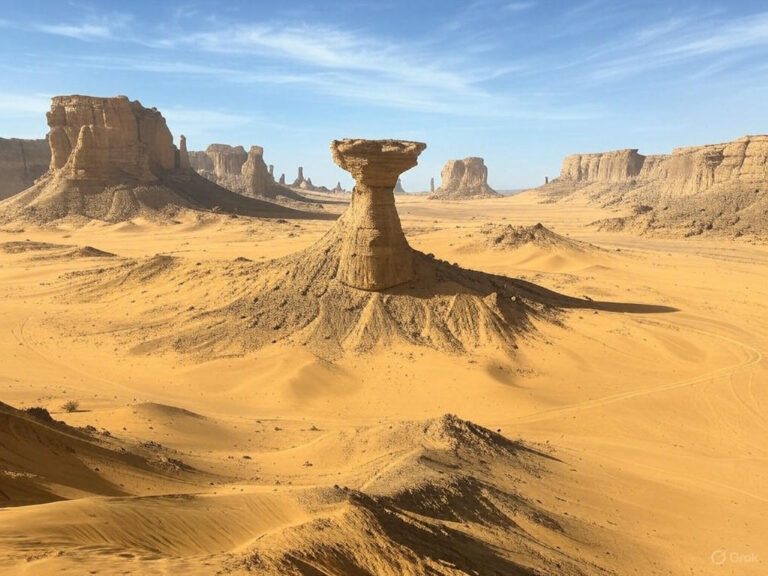
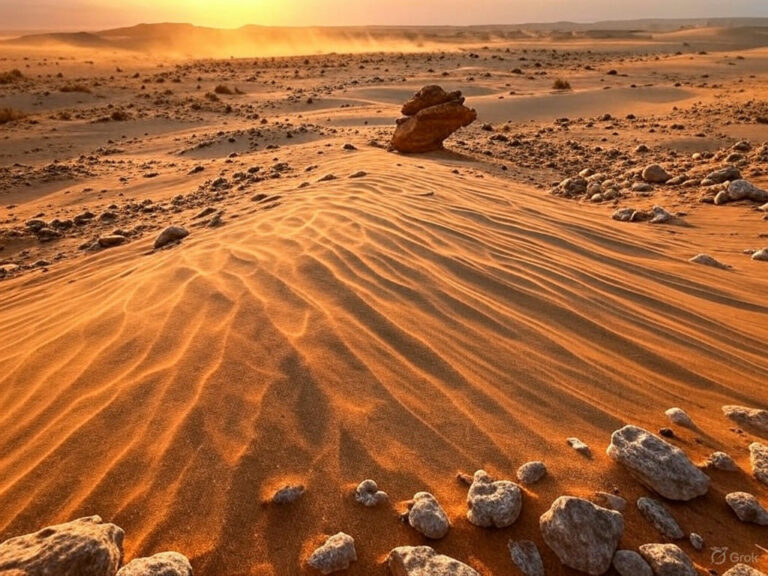
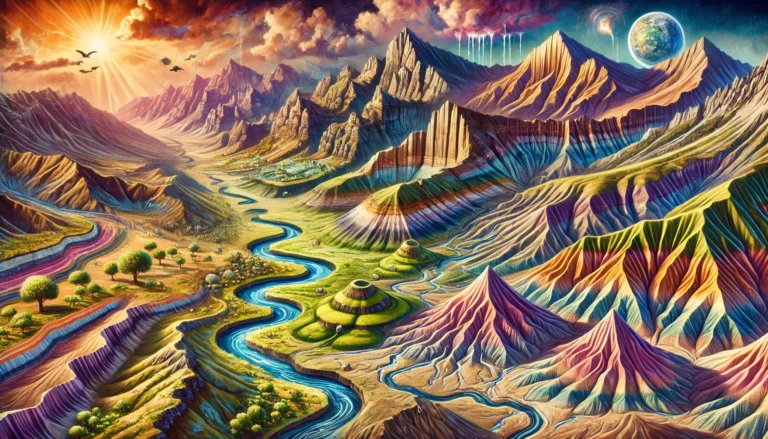
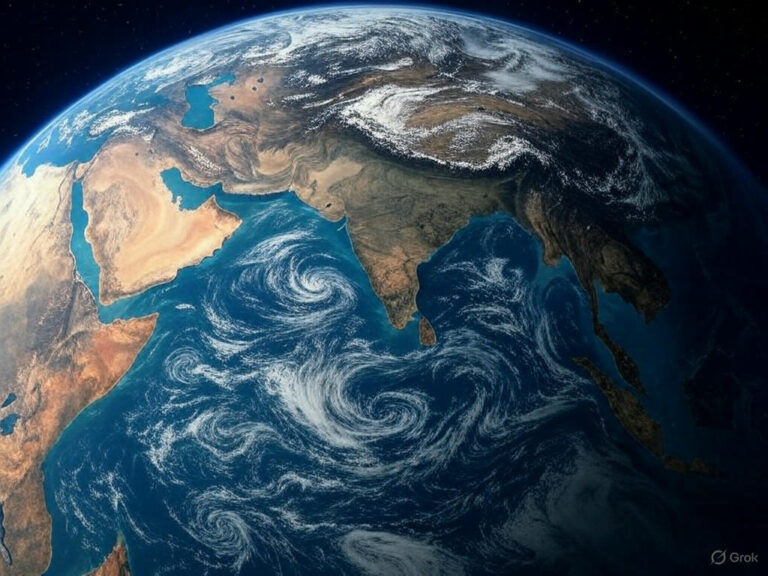
2 Comments